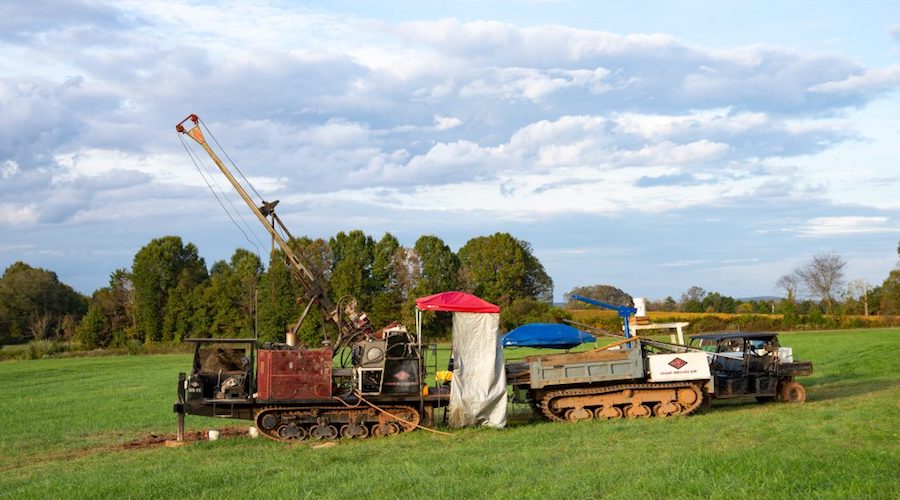Piedmont almost doubles lithium resource at US project

Australian junior Piedmont Lithium (ASX: PLL) reported on Thursday a 40% increase in lithium resource at its namesake project in North Carolina, United States.
The company says the total mineral resource estimate for its flagship Piedmont Lithium asset has reached 39.2 million tonnes, at 1.09% lithium oxide, for an estimated 422,000 tonnes of lithium oxide and 1.04 million tonnes of lithium carbonate equivalent.
Piedmont noted that some 55% of the mineral resource estimate is classified as indicated.
“Increasing the scale of our North Carolina mineral resource establishes our asset as one of the largest spodumene resources in North America, and the only one in the US,” president and CEO Keith Phillips said in the statement.
The total mineral resource estimate for the Piedmont project now stands at 39.2-million tonnes, at 1.09% lithium oxide, for an estimated 422,000 tonnes of lithium oxide and 1.04-million tonnes of lithium carbonate equivalent
The miner raised in March $122.5 million in a public offering, which is using to continue developing its 100%-owned integrated spodumene-to-lithium hydroxide project.
The financing followed a deal signed with Tesla to supply the electric vehicle (EV) maker with high-purity lithium ore mineral for up to ten years.
The initial five-year agreement will see Piedmont supplying about a third of its planned 160,000-tonnes-per-year spodumene concentrate from the North Carolina project. Both companies can then extend the contract for another five years.
Piedmont started a definitive feasibility study (DFS) for its lithium project in December that envisions a 145,150-tonne-per-year mine and a spodumene concentrator producing 20,593 tonnes per year of battery-grade lithium hydroxide.
The study will incorporate the results from a pilot-scale spodumene concentrator project underway that is testing a bulk sample containing more than 50 tonnes of mineralised pegmatite collected from 17 locations across the property. The study on the concentrator project is expected to be completed in mid-2021, with a construction decision to follow, the company said.
Patrick Brindle, vice president, project management, told MINING[dot]COM last month that lithium hydroxide, rather than carbonate, is important to increasing the nickel content in EVs’ battery cathodes.
“In order to make a battery with higher energy and a longer range, you need more nickel in the cathode – and if you need more nickel in the cathode then lithium hydroxide is favoured,” he noted.
Thinking big
Piedmont is looking at two chemical plants to produce over 45,000tpa of battery-grade lithium hydroxide.
It already owns one site in Kings Mountain, North Carolina, and is actively pursuing a site for a second facility incorporating lithium conversion technology developed by Metso Outotec, a Finland-based mining technology supplier.
A DFS for that plant is due to be completed in the third quarter of this year. Piedmont also plans to complete an updated scoping study in May, which will assess the potential for a larger production profile of the project and the expanded production of by-products, including quartz, feldspar, and mica for sale to the clean energy, ceramics, and automotive industries. The results from the study will be incorporated into the DFS.
The Australian company is also considering setting chemicals production capacity in Quebec, after making investments in the Val D’or region so it won’t have to rely on creating new infrastructure projects to move the resource forward.
Piedmont’s ultimate goal is to become the world’s only integrated spodumene miner and lithium hydroxide producer outside China.
More News
{{ commodity.name }}
{{ post.title }}
{{ post.date }}



Comments